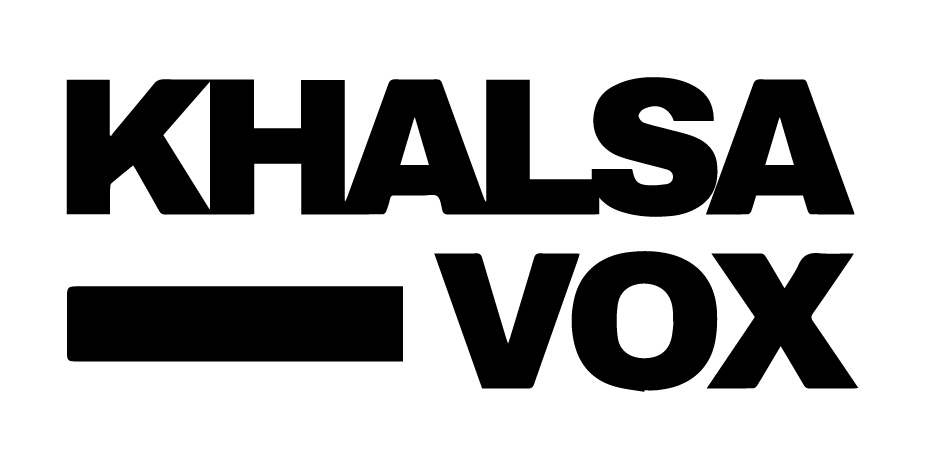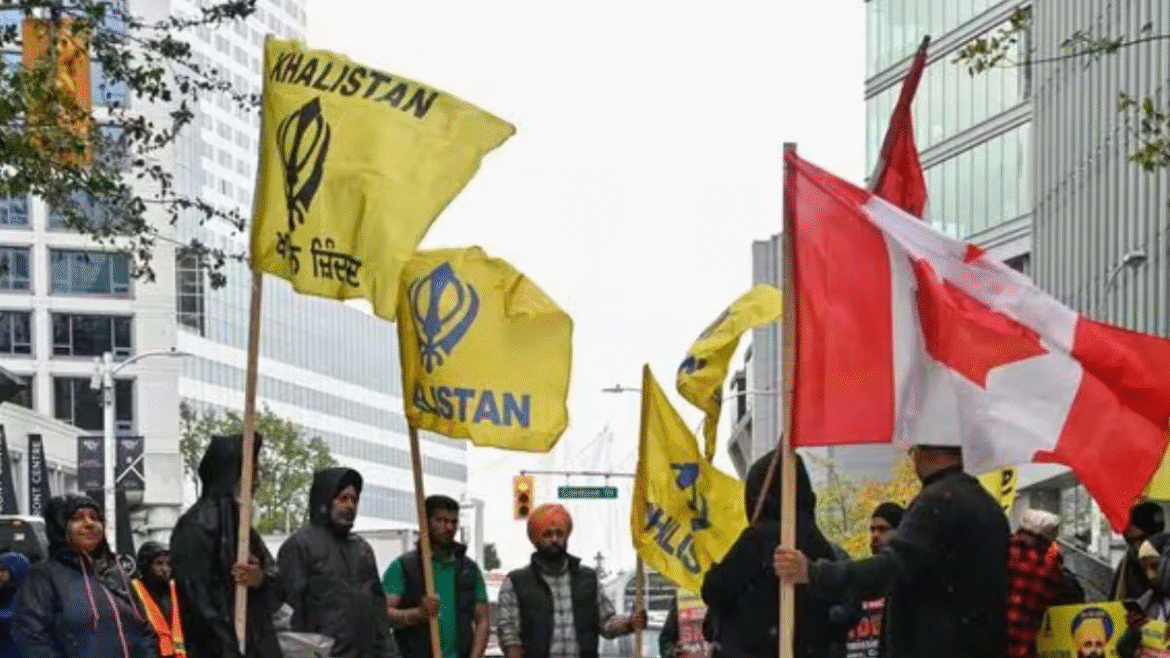AI Generated Summary
- In this context, Khalistani extremists, or those acting in their financial interests, are alleged to have leaned on drug trafficking, hawala-style informal value transfer systems, and the misuse of non-profit organizations to move money under the radar.
- That’s exactly what the report hints at — and the Khalistan movement’s financial footprints are a case study in how this happens.
- The recently released 2025 Assessment of Money Laundering and Terrorist Financing Risks in Canada is more than just a technical government document.
The recently released 2025 Assessment of Money Laundering and Terrorist Financing Risks in Canada is more than just a technical government document. It’s a mirror held up to Canada’s national vulnerabilities — and it reflects something unsettling. Beneath the familiar headlines about fentanyl, cyber fraud, and trade-based laundering lies a warning that demands urgent attention: the intersection of extremist Khalistani networks with sophisticated money laundering channels.
For years, Canada’s anti-money laundering (AML) and anti-terrorist financing (ATF) framework has been lauded internationally. Thirteen federal agencies, alongside provincial and municipal counterparts, cooperate under the Proceeds of Crime (Money Laundering) and Terrorist Financing Act. Yet, even the most robust regimes can be undermined when ideological extremism finds common cause with organized crime. That’s exactly what the report hints at — and the Khalistan movement’s financial footprints are a case study in how this happens.
From Political Cause to Financial Crime
The report makes clear that Canada’s terrorism financing landscape is “low volume and low value” compared to other threats. But this is deceptive comfort. Foreign-based threat actors, including politically motivated ones, continue to exploit Canadian openness. The Khalistan cause — rooted in a separatist demand for an independent Sikh homeland — has historically been funded primarily through illicit streams from abroad.
The 2025 assessment underscores a growing “nexus between transnational organized crime and terrorism,” warning that terrorist actors increasingly tap into criminal supply chains. In this context, Khalistani extremists, or those acting in their financial interests, are alleged to have leaned on drug trafficking, hawala-style informal value transfer systems, and the misuse of non-profit organizations to move money under the radar.
While the report does not sensationalize any single community, it highlights a general pattern: politically charged groups, particularly those with international linkages and grievances, are well-placed to exploit gaps in financial oversight — especially when operating in multicultural environments where remittance flows and charitable giving are common.
The Laundering Mechanisms
The mechanisms are not new, but they are evolving:
- Informal Value Transfer Systems (IVTS): Hawala networks remain a persistent blind spot in the AML framework. Funds can be settled offshore without crossing borders electronically, bypassing the reporting triggers that banks and other financial institutions must obey.
- Misuse of Non-Profit Organizations (NPOs): While the vast majority of Canadian NPOs present little risk, the report identifies a “small sub-set” vulnerable to terrorist financing abuse. For extremist-linked causes, charitable status can be a shield — transforming illicit contributions into seemingly legitimate funds.
- Trade-Based Money Laundering (TBML): Given Canada’s massive trade flows, falsified invoicing or misrepresented shipments can be used to disguise transfers of value. This is especially potent when both legitimate businesses and sympathetic intermediaries are involved.
- Crypto Assets and Crowdfunding: As oversight tightens in the formal financial sector, extremists adapt. The rise of cryptocurrencies and online fundraising platforms provides new, largely unregulated channels for rapid, anonymous transfers.
These tactics are not limited to Khalistani networks — they are shared across the spectrum of politically and ideologically motivated actors. But when combined with diaspora politics, international patronage, and the complexities of free expression in Canada, they become particularly difficult to police.
Foreign Interference and the Proxy Problem
One of the report’s starkest warnings concerns “foreign interference” — where foreign states or their proxies funnel money into Canada to influence domestic communities and politics. This is not abstract geopolitics; it’s a live operational threat.
Khalistan-related extremism has historically intersected with foreign state interests — whether through passive tolerance or active sponsorship. The report warns that proxies within Canada can receive funds, legally or illegally obtained, to advance agendas that are “detrimental to the interests of Canada.” When these flows are laundered through legitimate businesses, NPOs, or personal remittances, they blur into the vast sea of lawful economic activity.
The challenge for Canadian authorities is twofold: detecting illicit inflows without unfairly targeting lawful community engagement, and dismantling laundering structures without destabilizing broader legitimate sectors.
The Real Stakes
Critics may ask: why focus on Khalistan at all, when drug cartels and cybercriminals move orders of magnitude more money? The answer lies in intent. While organized crime is profit-driven, politically motivated financing has strategic goals — destabilizing regions, influencing policy, and, in the most extreme cases, supporting violence. The economic scale may be smaller, but the societal impact can be disproportionate.
Moreover, the Khalistan issue is not confined to historical grievances. In an era of instant communication and globalized activism, overseas conflicts can spill into Canadian streets — as seen in recent diplomatic strains with India. Financial channels are the lifelines of such activism, and if those channels are compromised by laundering, the consequences extend beyond law enforcement into foreign policy.
What Needs to Change
The 2025 report does not call out Khalistan financing by name as Canada’s top threat, but it gives policymakers enough dots to connect. Addressing the risk will require:
- Enhanced Due Diligence: Reporting entities must scrutinize transactions linked to jurisdictions and organizations with known extremist financing risks, even if those risks are politically sensitive.
- Targeted NPO Oversight: Without smearing the charitable sector, regulators should focus on transparency in high-risk sub-sectors, especially where foreign donations form a large share of revenue.
- Cross-Border Intelligence Sharing: Since much of the Khalistan-linked funding originates overseas, partnerships with other allies will be critical — even when diplomatic relations are strained.
- Community Engagement: Law enforcement must work with, not against, diaspora communities. Trust-based outreach can encourage whistleblowing and reduce the space for extremist financiers to operate unnoticed.
A Test of Political Will
Money laundering is not a victimless crime. When tied to ideological extremism, it can fund propaganda, fuel violence, and fracture communities. The 2025 Assessment of Money Laundering and Terrorist Financing Risks in Canada has done its job by flagging the patterns. It is now up to political leaders, enforcement agencies, and community stakeholders to act — decisively, and without bias.
Khalistan-linked laundering is not Canada’s largest financial crime problem, but it is one of the most politically charged. Ignoring it risks not only financial integrity but national cohesion. And that is a price Canada cannot afford to pay.




